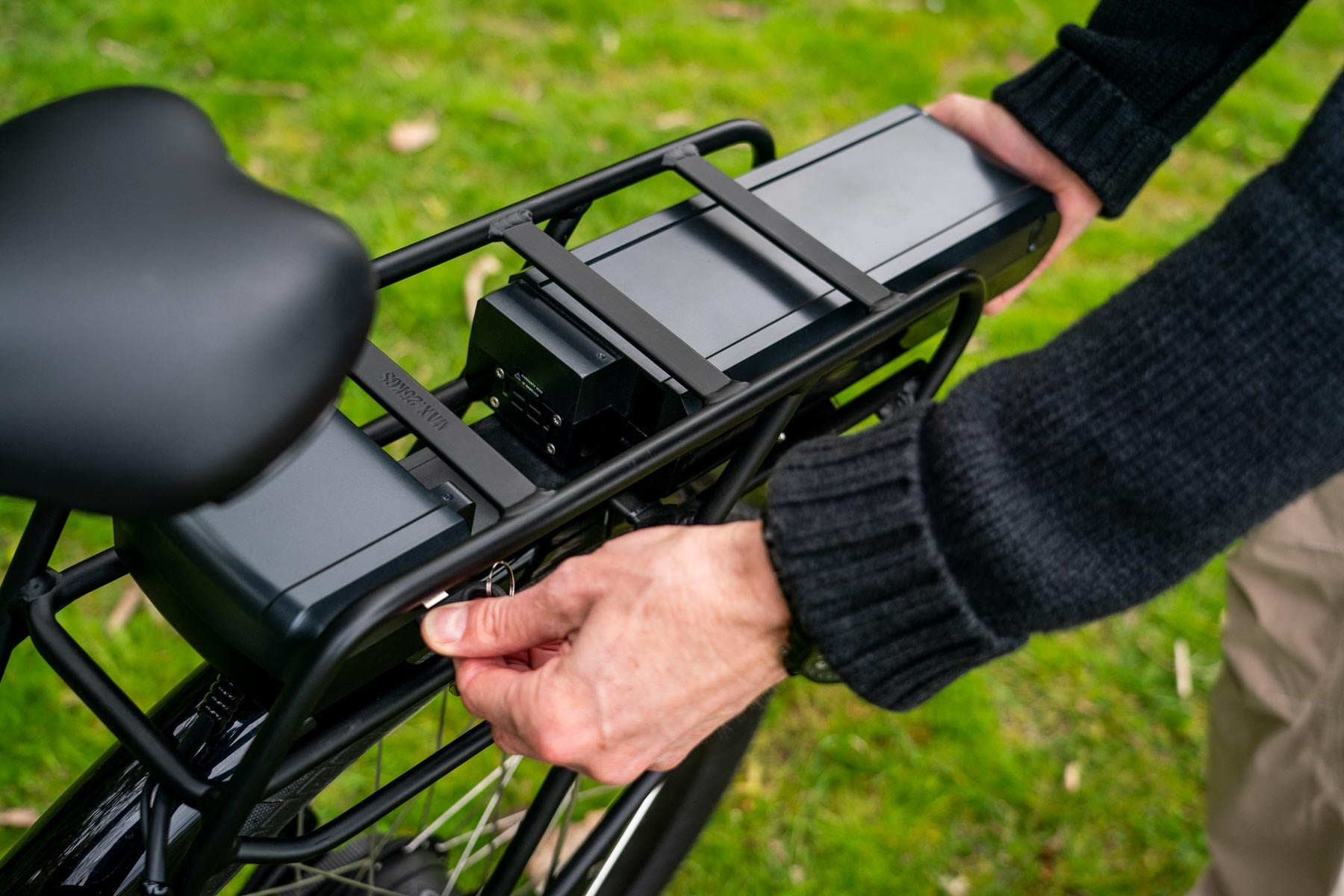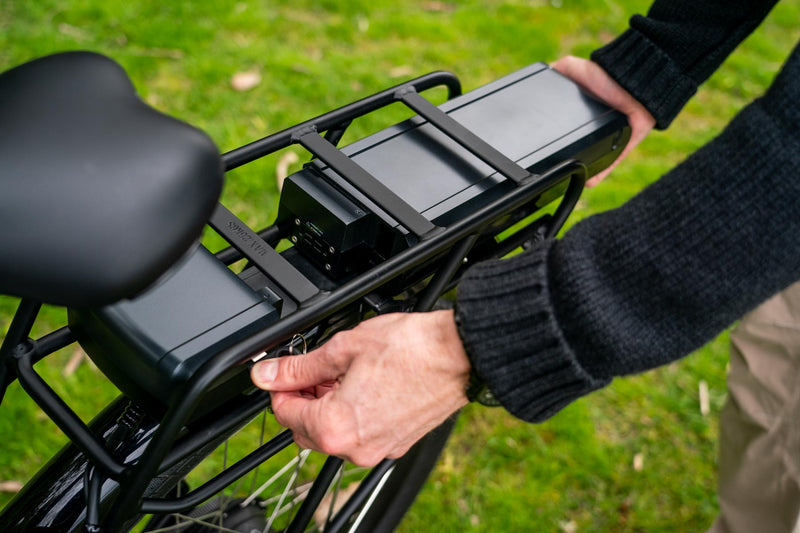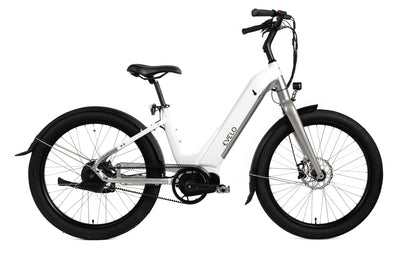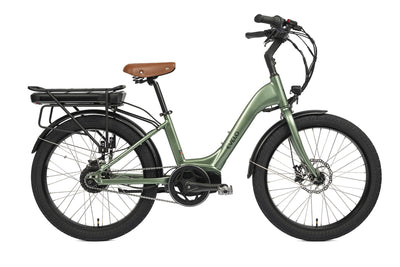eBikes are quickly becoming one of the hottest new modes of transportation here in the United States. With an ever-increasing cost of fossil fuels, increasing costs and limited availability of motor vehicles, and more and more people working and performing activities closer to home, eBikes have been proven to be a greener and less expensive transportation option.
However, just because it is less expensive doesn't mean that eBikes come without any additional costs past that of the initial purchase. eBikes need to be charged to operate, and thus, owners of eBikes need to factor into their budget what the cost of charging an eBike daily, weekly, monthly, or even yearly could be. But what does it really cost to charge an eBike?
How Much Does It Cost to Charge?
The great news is that charging an eBike is inexpensive! In the United States alone, the average cost of charging an eBike for individual use is 5 cents per charge and up to $21.17 per year to keep the bike fully charged and operational. While perhaps not as inexpensive as India or China, where it totals out to be close to $13.03 per year to keep eBikes humming along, the United States is still on the lower end of the spectrum for charging costs.
The cost of energy varies from state to state throughout the United States. Regardless of whether the energy costs are high or low, you would be surprised to find out just how affordable it is to operate an eBike on a cost-per-mile basis.
Bear in mind that batteries don't last forever, but even with the replacement costs of new batteries, your costs are kept much lower than that of replacing a typical passenger vehicle.
Evelo eBikes rates our batteries at roughly 600 charge cycles, and through our calculations, you would most likely have to replace the battery every four to six years. At $400-$800 per battery, this still comes well under the cost of replacing a car, and that money savings can be applied elsewhere in your life.
Calculation to Determine eBike Charging Costs
Find the battery's capacity in Watt hours (Wh), convert it to kilowatt-hours (kWhs), and multiply it by your electric provider's unit price. We can break this down even further and help you figure this out by following three easy steps!
Step 1: Get your battery's capacity
Check your battery to see if it tells you what the Wattage (Wh) is, as that is how the capacity of the battery is measured. If not, you can easily multiply the Voltage by the Amp hours to find out what the WH is.
Step 2: Convert into kWhs
Most energy providers typically use kilowatt-hours (kWhs) when they send a bill over to you, referring to 1 kWh as 1 unit of electricity. So, how do we get this number? Easy! We convert the Wh, the capacity of the battery, into kWh by dividing the Wh by 1,000.
Step 3: Multiply the kWh's by the kWh rate of your energy provider
The final step is to multiply how much your energy provider charges per kWh by your battery's kWh.
The final formula to figuring out your cost is then:
Your cost per kWh multiplied by your battery's kWh equals the cost of charging your eBike battery!
While still coming in at a much lower cost than that of traditional modes of transportation, there are still ways to reduce the cost of using these eBikes.
How To Further Reduce eBike Energy Costs
It is always good to try to conserve energy and to save money on your energy bills, and there are definitely ways to do so with the charging of eBikes. Let's explore some of these possible money saving tips.
1) Use renewable energy
Use a renewable energy device to charge your battery. These devices are getting less expensive by the day, and more and more homes are taking advantage of those long-term energy and environmental savings costs. While the savings may not be hefty, they will help reduce your carbon footprint and make you feel better about your impact on our environment.
2) Shop around
One of the fastest ways to reduce your energy costs is to switch energy providers for the best deals. Getting a better rate will easily reduce the overall cost of the charge.
3) Charge during off-hours
Energy providers often offer discounted rates to their customers as an incentive to have them use less electricity during peak hours. Take advantage of this offer and charge your battery during the off-hours (normally 9:00 PM-7:00 AM).
4) Use someone else's electricity.
We know this tip sounds a little out there, but if you're only working to save money and not save the environment by using an eBike, why not use someone else's electricity? Take it with you to work and charge it there! Or charge your eBike while you stop for a cup of coffee.
5) Maintain your battery
This is one of the most important tips we can offer. Follow the manufacturer's guide or look up the overall best practices for maintaining your specific battery. Keeping the battery performance at its optimal level will help your charging costs stay low.
Last Thoughts
If you are in an area where it is easy to use an eBike, seriously consider purchasing one for your use. It's cheaper to buy, maintain, and run an eBike than it is a passenger vehicle, to the point that the overall cost of a solitary tank of gas can keep your eBike charged and moving for years. Yes, that’s plural.
If eBikes replaced just 1% of passenger vehicles on our roads, over 10,000,000 metric tons of carbon dioxide wouldn't be released annually, reducing our carbon footprint and slowing climate change.
eBikes represent something uniquely special—letting riders and non-riders enjoy the feeling of a bike ride with minimum effort, maximum comfort, and a small impact on their wallets and the environment.



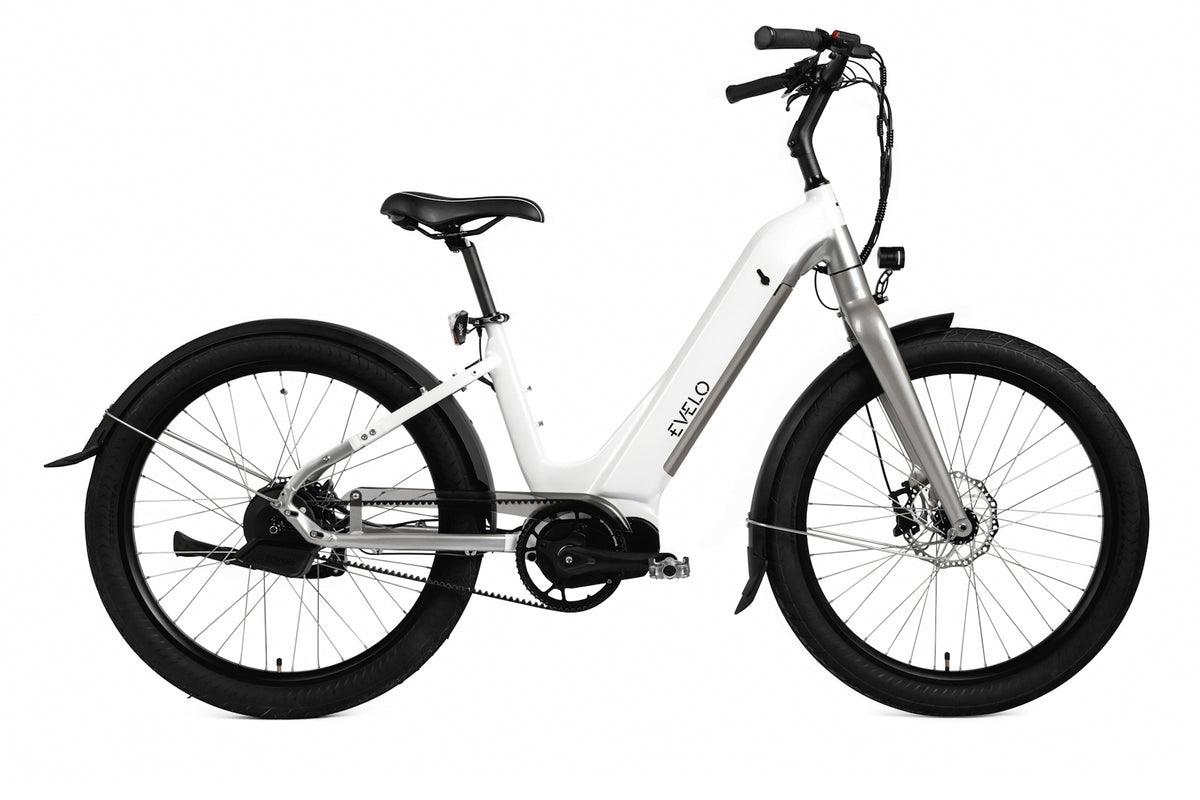
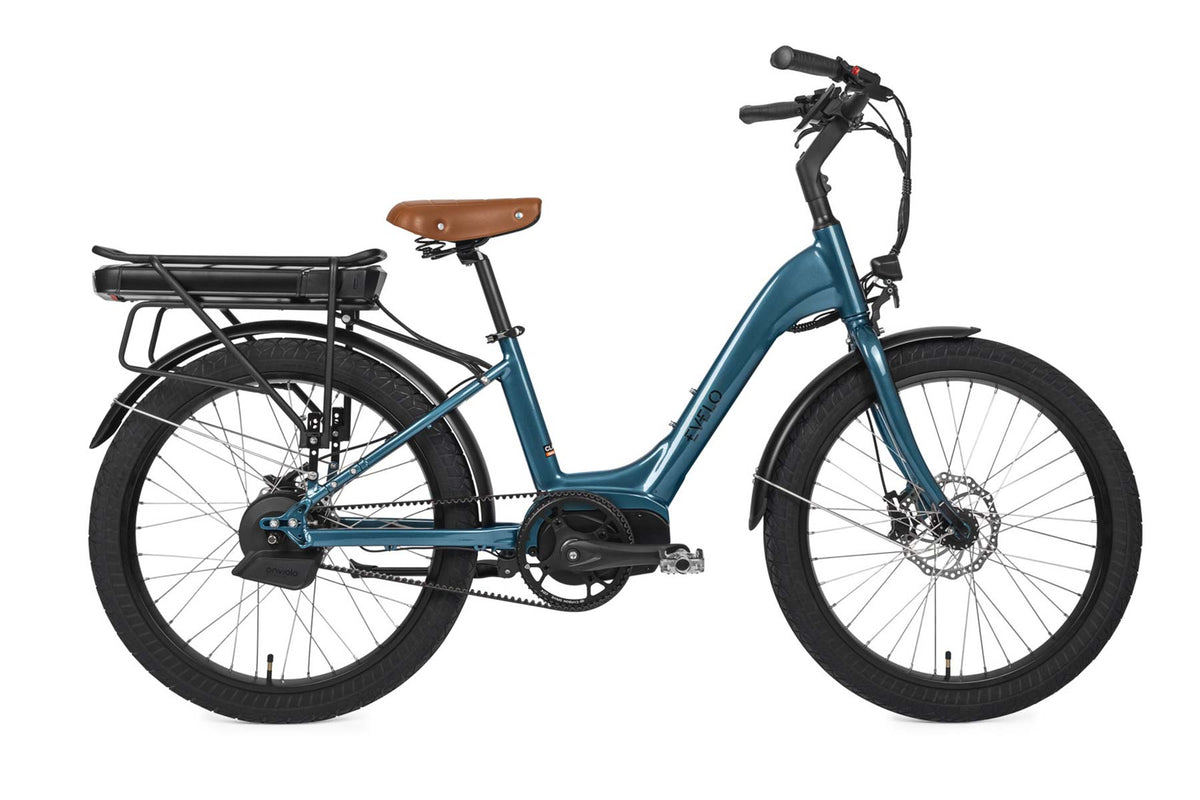
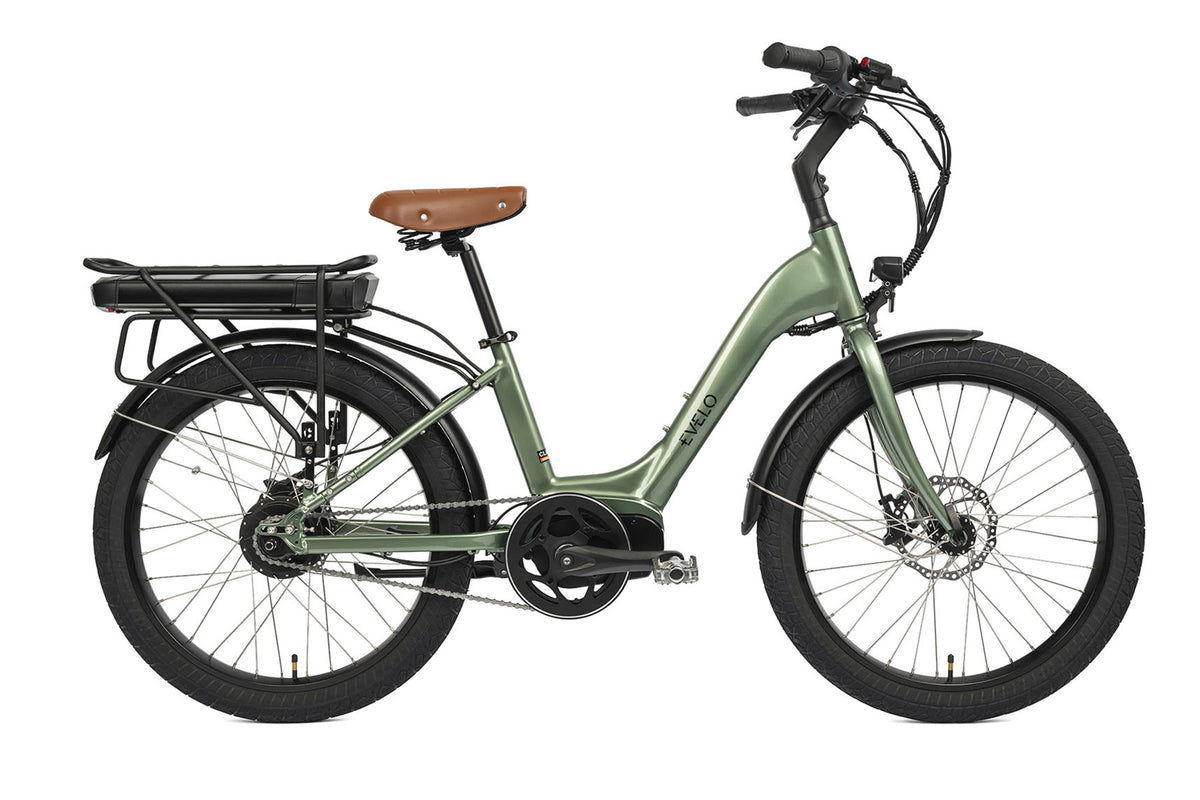
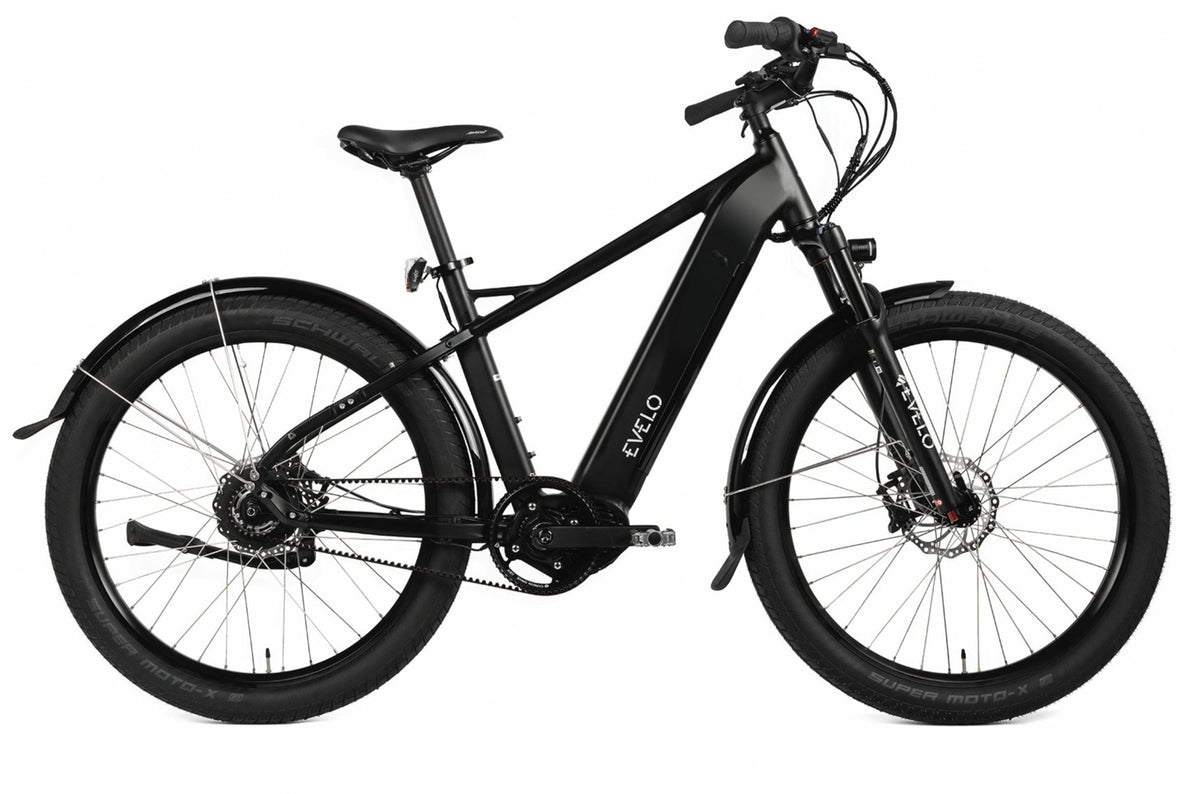
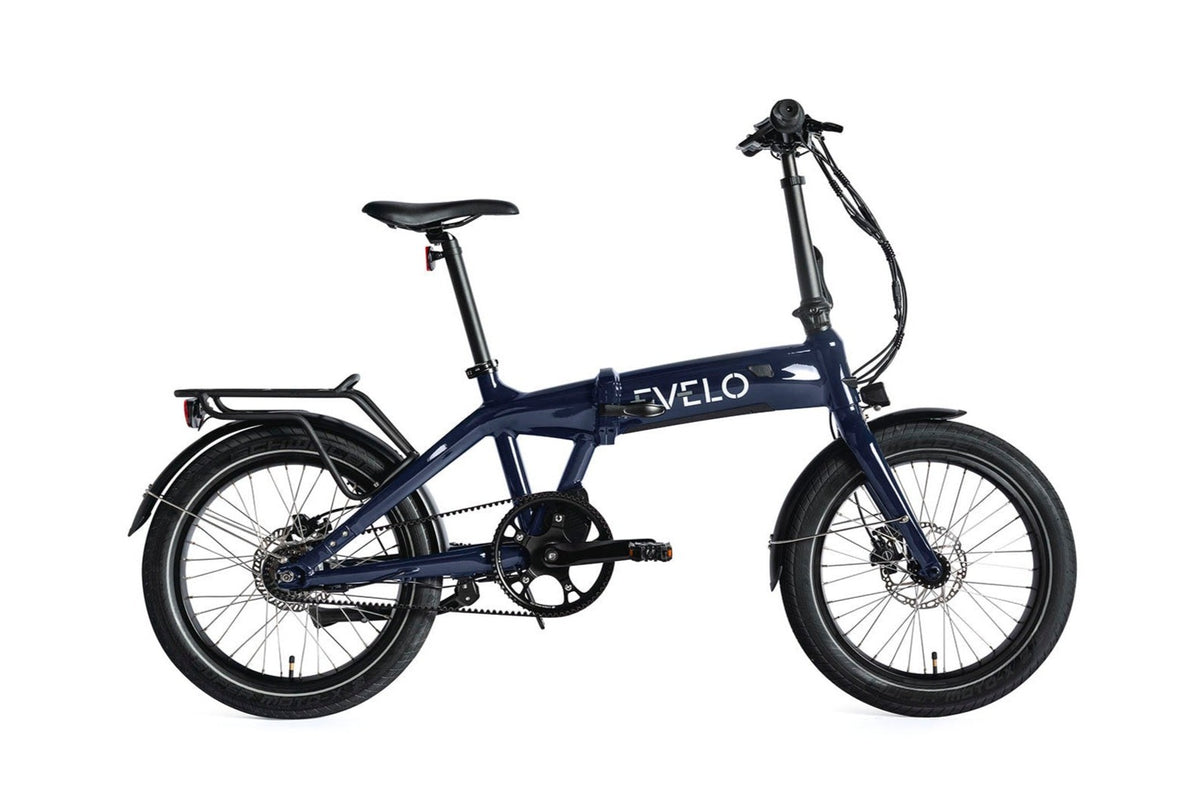
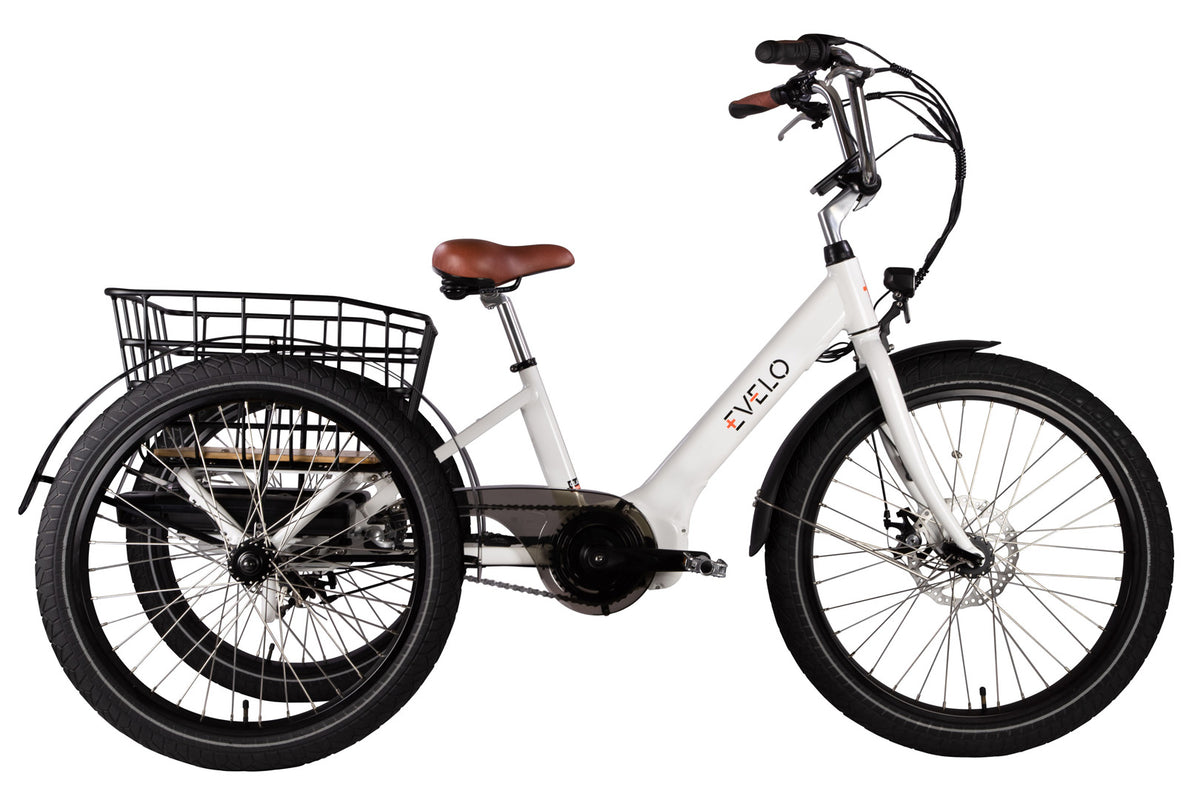
 Easy Assembly
Easy Assembly
 Service and Repairs
Service and Repairs
 Ebike Articles & Content
Ebike Articles & Content
